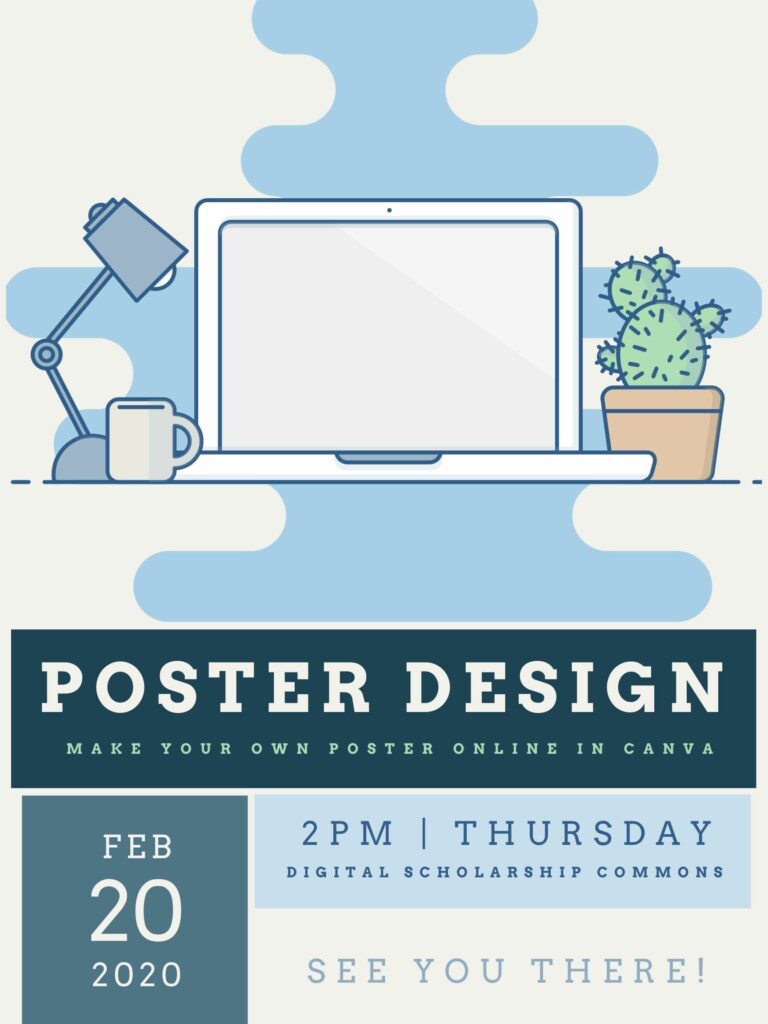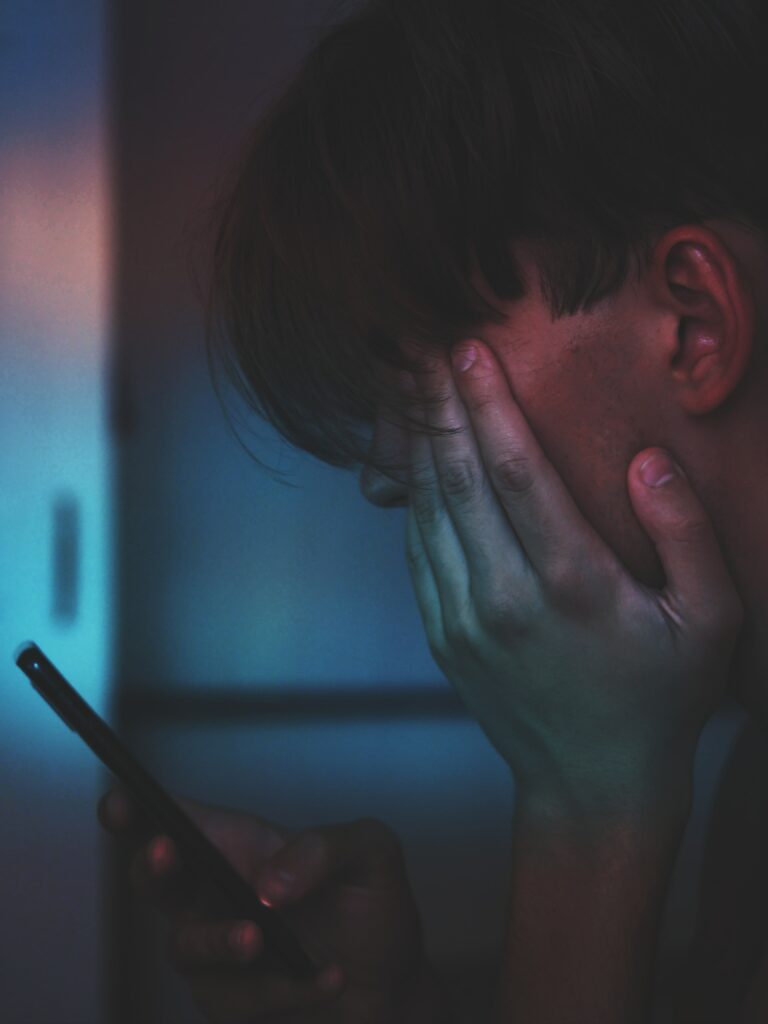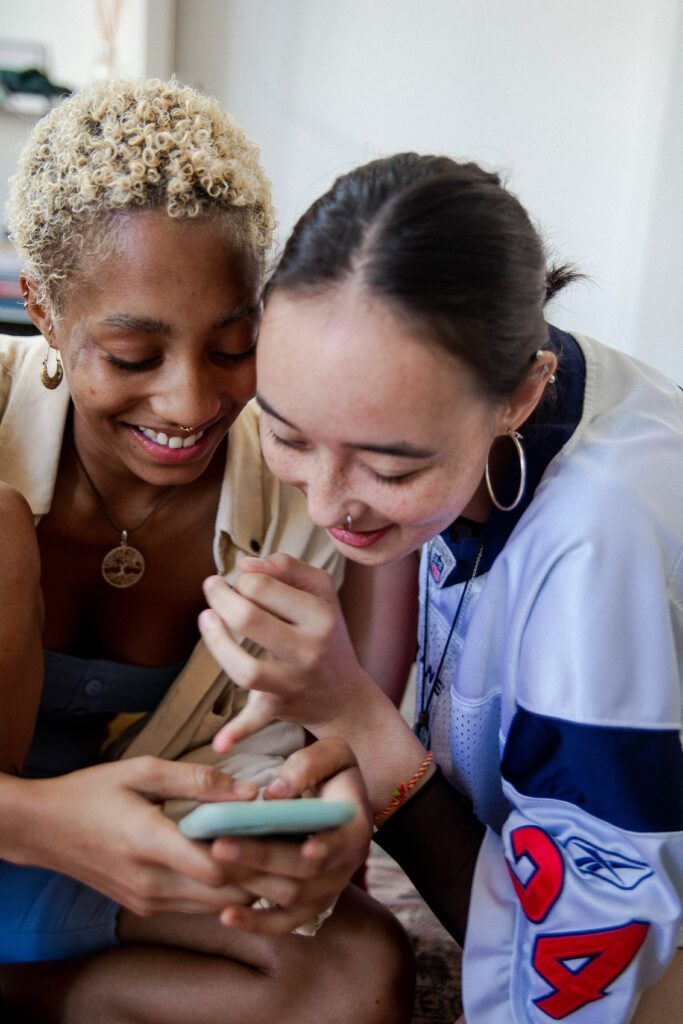Before you ask, the answer is no… I don’t think robots are going to replace teachers.
In the 1950s, Isaac Asimov wrote a short story entitled “The Fun They Had” depicting a vignette of what school might look like for students 200 years in the future. Although this may not have been what Asimov actually thought the future might look like, it’s still a fun read and a fun thought experiment. In class we focused not so far ahead, but rather looked at what classrooms and the education system might look like 20 years in the future.
In our small group discussion, we focused on the possibilities of more individualized and skills-specific learning opportunities for students, with high school potentially becoming more like university in that students’ studies would be potentially more career focused and/or students would have more choice over what they were learning.
One image that seemed to encapsulate our thoughts you can find at the top of this page (though try to picture the adults as high school students): https://www.viewsonic.com/library/education/steam-education-preparing-all-students-for-the-future/
(What the article discusses also mirrors a lot of our thoughts from that discussion.)
That was one thing Asimov did get right about the future, or at least was on the right track:
“But my mother says a teacher has to be adjusted to fit the mind of each boy and girl it teaches and that each kid has to be taught differently.”
Individualized and inquiry-based learning is something that really excites me about the more recent changes to our education system. Although also somewhat daunting as a teacher, I think Asimov’s quote does depict an ideal learning situation, although not with all students at home alone with a robotic teacher.
Maybe in 2040 I’ll have a look back and see if we were right…and then start looking toward 2060.
Photo by Possessed Photography on Unsplash



